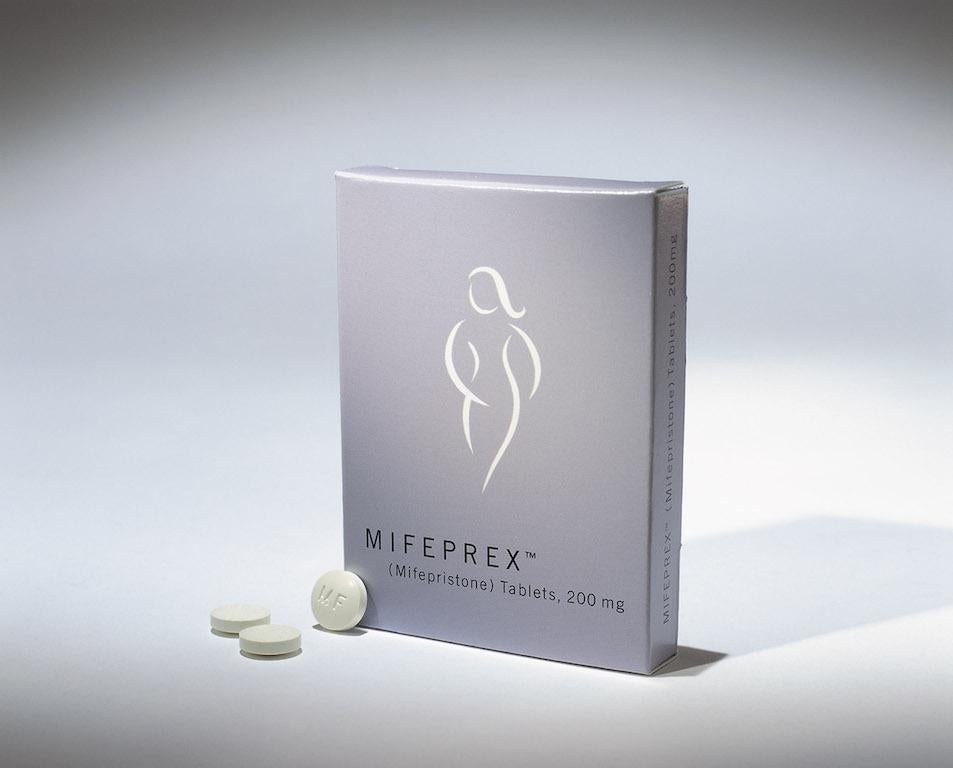FDA relaxes guidelines on abortion pill
The changes reduce the number of times women must visit a doctor and increase the number of days they take the medication.

In a win for pro-choice advocates, the Food and Drug Administration has toned down requirements for a medication that induces abortion. This change by the federal agency likely will make it easier for more women to use the medication.
The controversy recently has been that laws in states like Texas, Ohio and North Dakota require doctors to follow instructions on labels of a medication that induces abortions, when those instructions don't match the medically accepted method to administer the medication, called mifepristone.
“This is a huge step in increasing access to medication abortion and it comports with the scientific evidence,” Elizabeth Nash, of the Guttmacher Institute, which follows abortion issues, told the New York Times. Ms Nash added that in 2011, her organization found that these medications accounted for about one-fourth of all abortions.
The FDA reduced the number of times a woman must visit the doctor when using the medication, from three to two. It also reduced the dosage and increased the number of days women are prescribed to take the pills.
First approved by the FDA in 2000, mifepristone works with another drug, called misoprostol, to induce miscarriage. The rules on the medication label were based on trials dating back to the 1990s and more recent research shows that lower doses are a better option, the Times reported.
The FDA change means that the labels on mifepristone will now contain the new requirements. Doctors in most states were already giving women the medically accepted dosage, but some states had laws binding doctors to labeled instructions.
Follow @PaytonGuion on Twitter.
Join our commenting forum
Join thought-provoking conversations, follow other Independent readers and see their replies
Comments
Bookmark popover
Removed from bookmarks